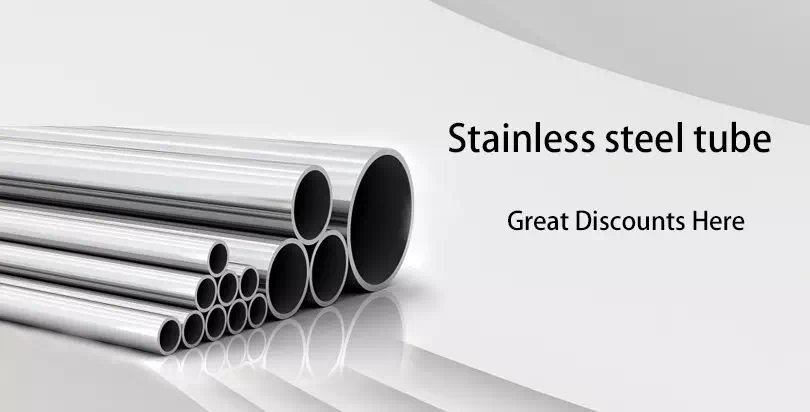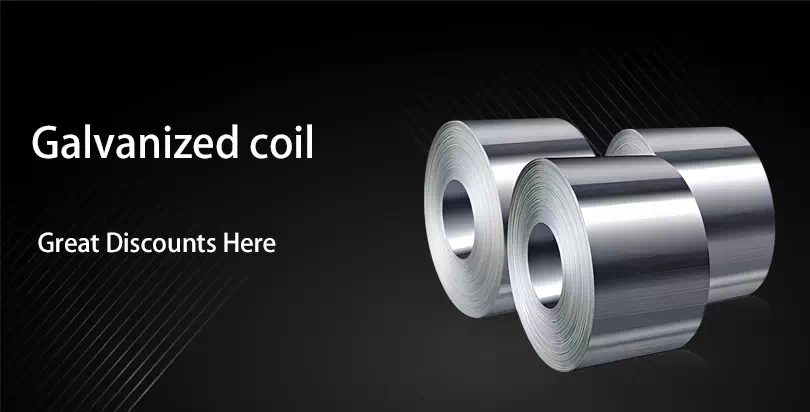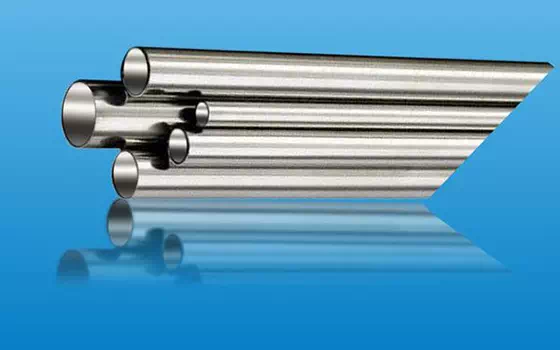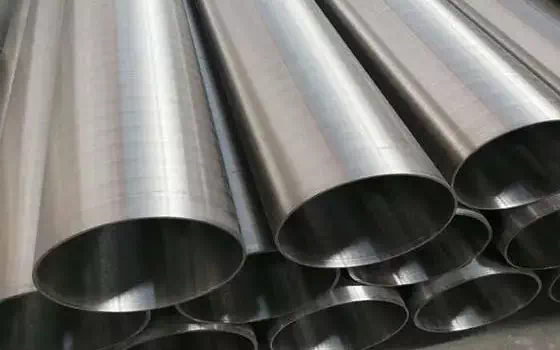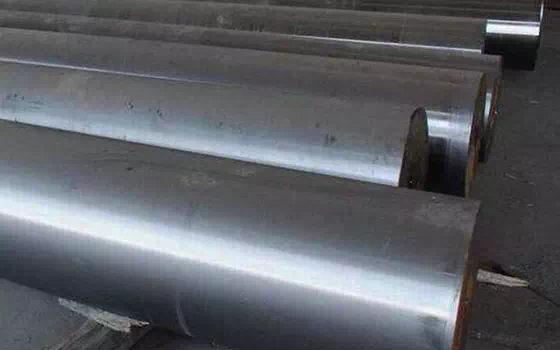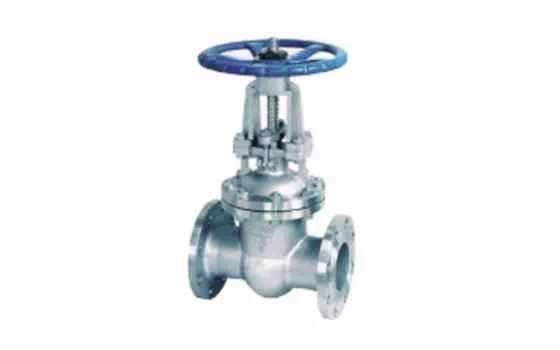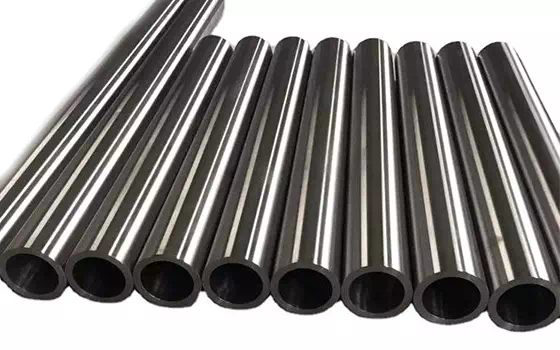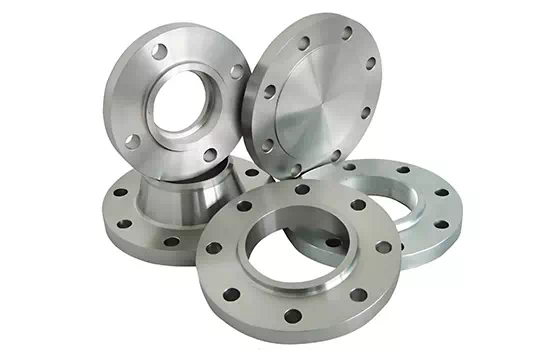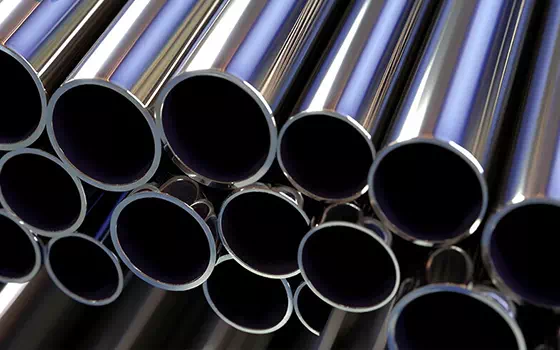1. Control the minimum content of iron and chromium to prevent the formation of β-phase Ni4Mo.2. Excellent corrosion resistance to reducing environment.3. Excellent resistance to moderate concentration sulfuric acid and many non-oxidizing acid corrosion.4. Good resistance to chloride ion reduction
1. Control the minimum content of iron and chromium to prevent the formation of β-phase Ni4Mo.
2. Excellent corrosion resistance to reducing environment.
3. Excellent resistance to moderate concentration sulfuric acid and many non-oxidizing acid corrosion.
4. Good resistance to chloride ion reduction stress corrosion cracking (SCC).
5. Excellent resistance to various organic acid corrosion.
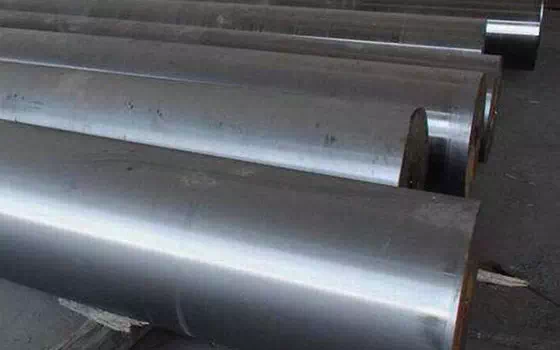
Nickel-molybdenum alloy Hastelloy B has very low carbon and silicon content, which reduces the precipitation of carbon and other impurity phases in the welding heat affected zone, so its weld also has sufficient corrosion resistance. The alloy Hastelloy B-2 has excellent corrosion resistance in reducing media, such as hydrochloric acid solutions at various temperatures and concentrations. In a medium concentration of sulfuric acid solution (or containing a certain amount of chloride ions) also has good corrosion resistance. It can also be used in acetic and phosphoric acid environments. Alloy materials have the best corrosion resistance only when they are in a suitable metallographic state and a pure crystal structure.
Chemical composition of Hastelloy B
Alloy | % | Nickel | Molybdenum | Iron | Chromium | Cobalt | Carbon | Manganese | Vanadium | Silicon | Phosphorus | Sulfur |
Hastelloy B | Minimum | Margin | 26 | 4.0 |
|
|
|
| 0.2 |
|
|
|
Max | 30 | 6.0 | 1.0 | 2.5 | 0.05 | 1.0 | 0.4 | 1.0 | 0.04 | 0.03 |
|
|
Hastelloy B-2 | Minimum | Residual quantity | 26 | 2.0 |
|
|
|
|
|
|
|
|
Max | 30 | 7.0 | 1.0 | 1.0 | 0.02 | 1.0 |
| 0.1 | 0.04 | 0.03 |
|
|


